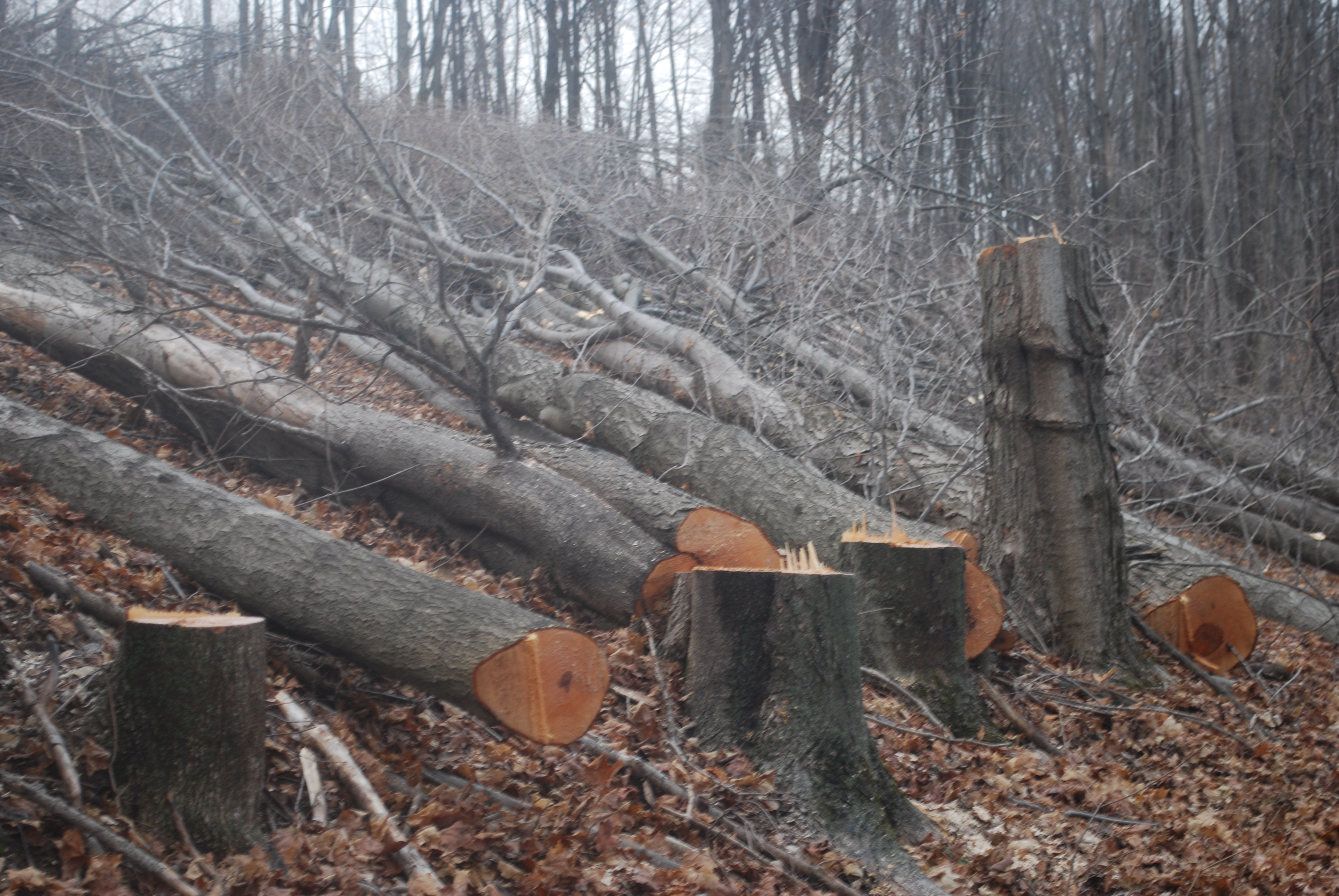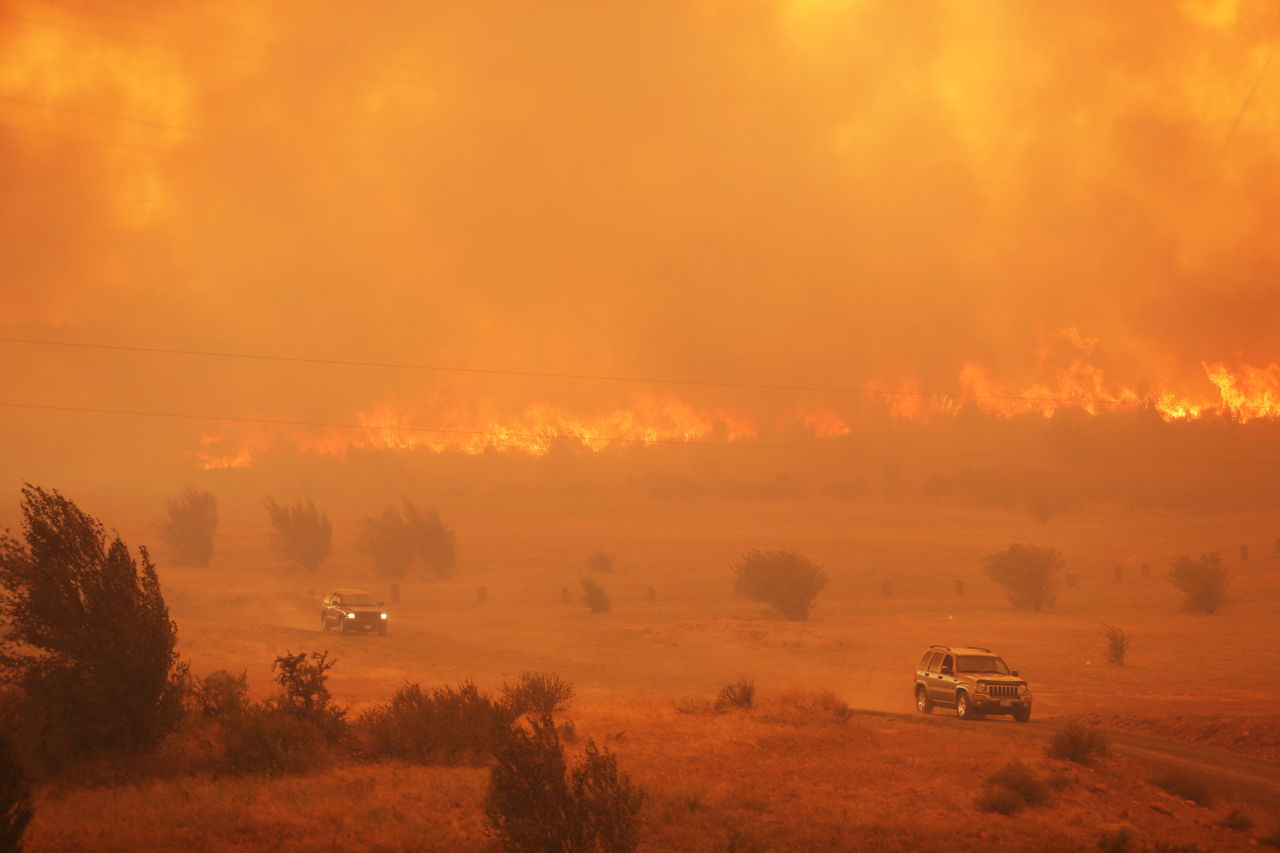Deforestation increases the Earth's temperature


Deforestation results in an increase in CO2 and other green house gases, which increases the Earth's temperature
Trees plays a vital role in the equilibrium of the ecosystem. Deforestation is a process of cutting trees to make space for industries and households of the ever increasing human population. Excessive cutting of trees for urban use and other purposes are harmful to the environmental balance. It is needless to say that deforestation has several adverse effects on the environment.
One of the major disadvantage of deforestation is that it disrupts the water cycle. Trees are responsible for drawing up water from the soil and releasing moisture into the atmosphere. Deforestation causes a disturbance in the water cycle and makes the environment drier.
Climate change is a severe outcome of the excessive cutting down of trees. Forests lock up atmospheric carbon during the process of photosynthesis. Trees contain a major portion of carbon from the atmosphere.
Clearing of the forest cover has a negative effects on the environment. It results in an increase in the amount of carbon and other greenhouse gases in the environment. Burning of forests results in the emission of a large amount of carbon dioxide into the air. Carbon dioxide and other greenhouse gases like the oxides of nitrogen and methane are known to trap atmospheric heat, this increasing the average temperature of the Earth's surface. This increase in the temperature near the Earth's surface and oceans is termed as global warming.

Comments
Post a Comment